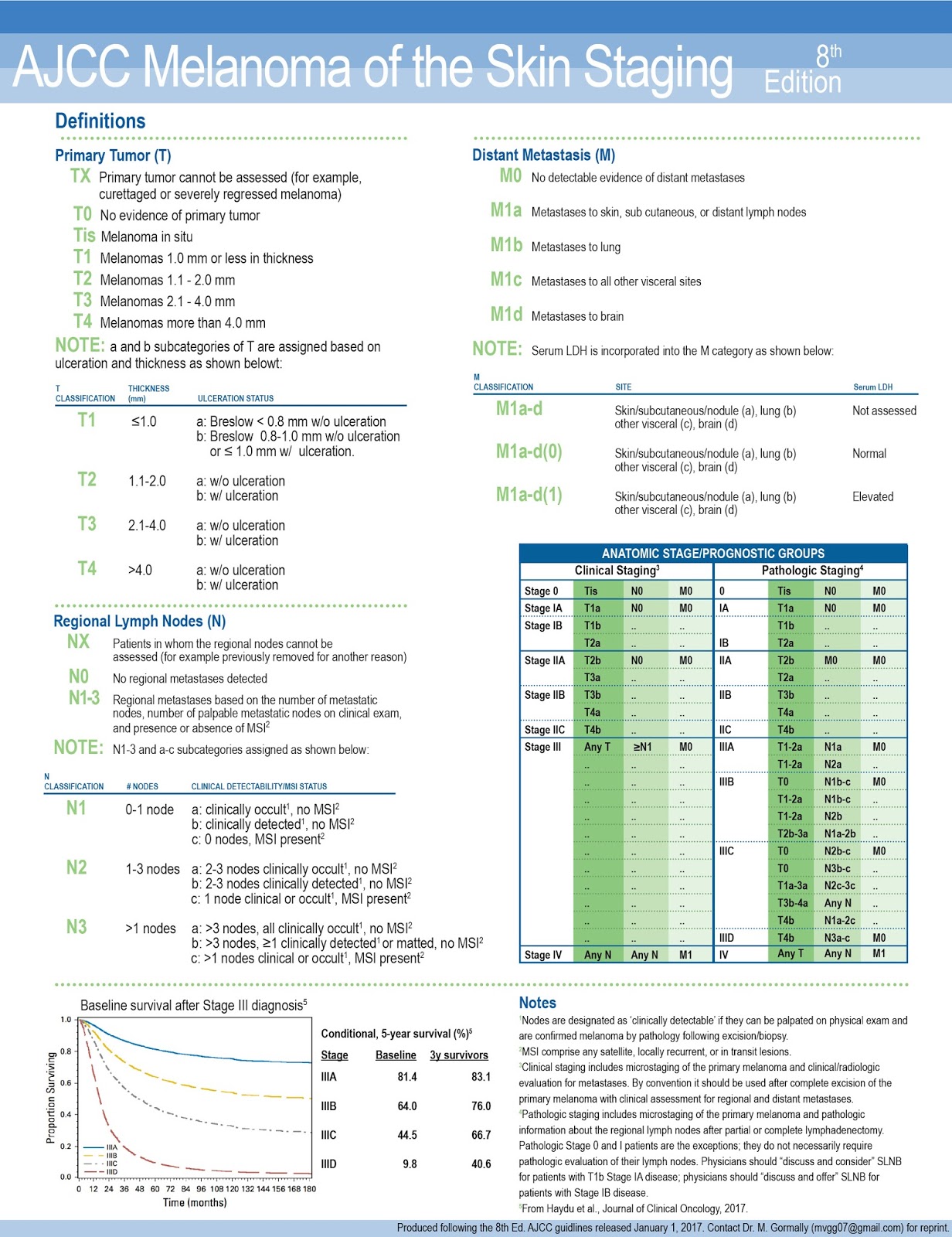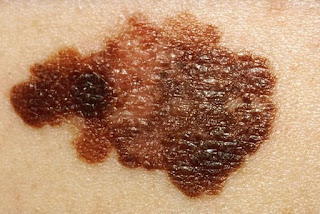Melanoma 101: Sunscreen and Self Checks
Melanoma 101: Sunscreen and Self Checks When a doctor tells their patient that sunscreen prevents cancer, no one uses sunscreen. But, when the doctor tells their patient that sunscreen prevents wrinkles, people use it habitually. More often when physicians exercise the persons vanity, they change their habits. The fact of the matter is, sunblock really does prevent melanoma. And when people also check for moles and get them checked early, people live a higher quality of life than those who don’t. Sunscreen has been shown to have a dramatic reduction in mortality due to melanoma. For example, in Australia, daily use of sunscreen resulted in fourteen percent fewer diagnoses of melanoma in 2008 that would have occurred otherwise. (Darlene Strayer) When it comes to cancer, the less lives damaged, families torn, and lives lost the better. When shopping for a sunscreen product it can be a little difficult to know the right product, which will reduce the risk for melanoma. ...


